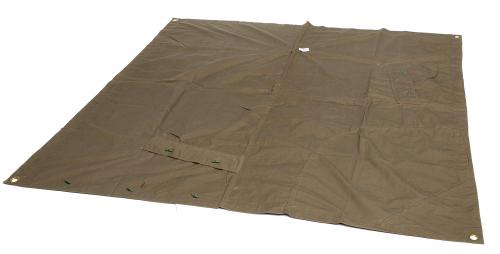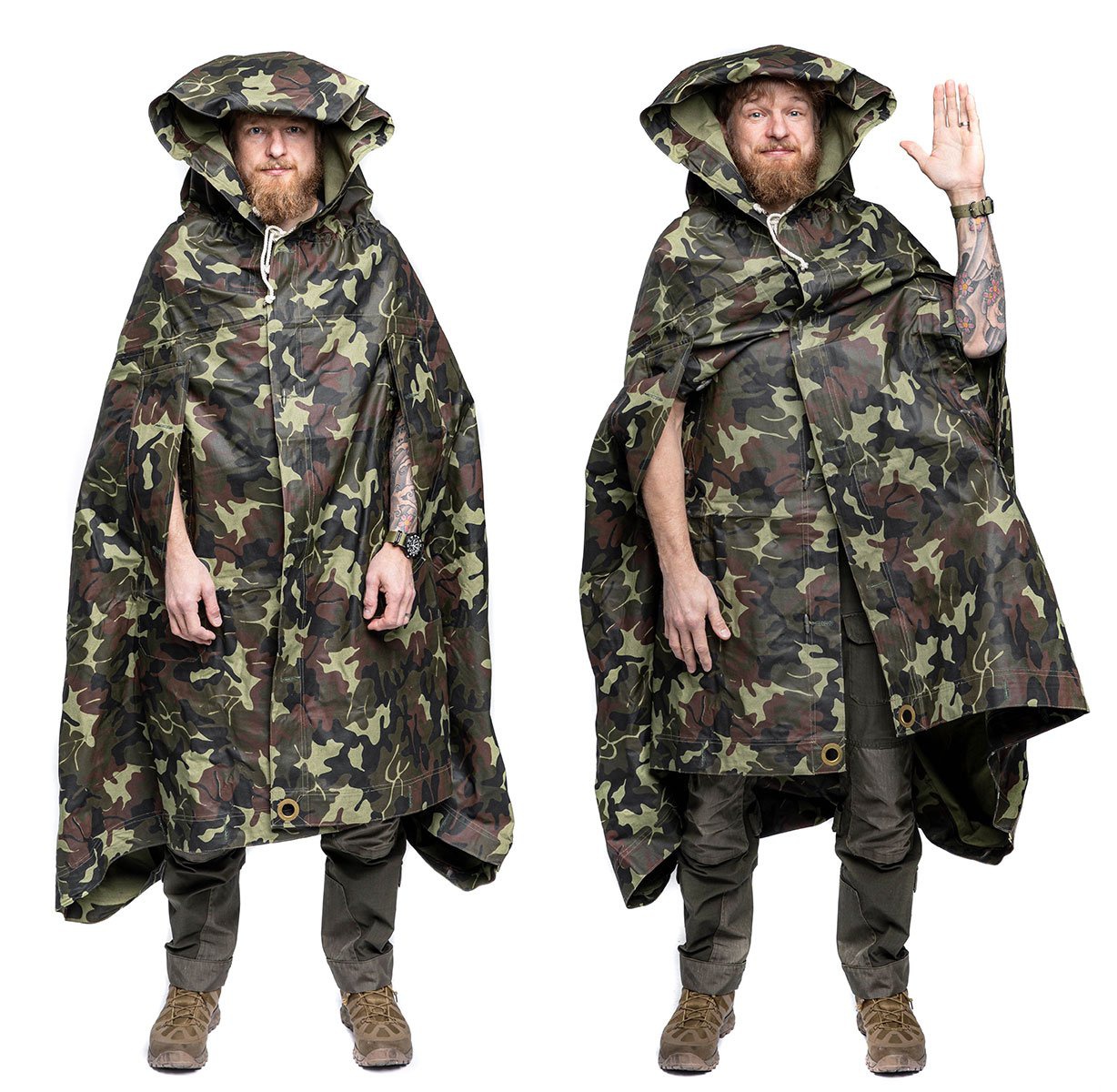

The Agent can be contacted by telephone at 01482 500500 and by email at The Agent’s VAT registration number is GB 166 9856 04. For the purpose of these Conditions, the Agent includes any partner, employee, or appointed person of the Agent. (2) The Seller is the person selling the Lots and will be named on the Sale Details. The Seller may be the owner, an agent for the owner, or an insolvency practitioner acting on an insolvency proceeding relating to the owner of the Lots. The Sale Details will specify if the Seller is an insolvency practitioner. Unless expressly stated in the Sale Details the Agent is selling as agent and not on his own behalf. (3) The Buyer is any person (i) requesting, receiving, or viewing the Sale Details, (ii) visiting any Sale Site, (iii) bidding in the auction, submitting a tender, or making a private treaty offer, and, also, (iv) the person whose offer is accepted by the Seller. In these Conditions, the following definitions apply: Auctioneer: The Agent or a person appointed by the Agent to run an auction.Ī Buyer will be assumed to be acting for himself unless his capacity as an agent for another person has been notified to the Agent in writing with confirmation of the name, address and contact details of the person for whom he is acting.Ģ.1 Definitions. Business Day: a day (other than a Saturday, Sunday, or public holiday) when banks in London are open for business. Collection Deadline: the date and time specified in the Sale Details by which the Buyer must have collected the Lots. Conditions: the terms and conditions set out in this document as amended from time to time in accordance with clause 20.5. Contract: the contract between the Seller and the Buyer for the sale and purchase of the Lots in accordance with these Conditions. Force Majeure Event: has the meaning given in clause 17. Lots: the goods, vehicles, plant, machinery, computers, or intangible items set out in the Sale Details and Lot means any individual item or list of items set out in the Sale Details. Sale Details: means the list of Lots for sale in a specific sale by private treaty or auction or tender process prepared by the Agent and available by hard copy or online. To add some confusion, the ordinary waterproofed cape with a similar name ( plasch-nakidka, "cape-overcoat") was issued at the same time, but these were not intended to combine with each other.Sale Site: means any site where the Lots are located and available for viewing and the premises or site where any auction sale is held.Ģ.2 A person includes a natural person, corporate or unincorporated body (whether or not having separate legal personality).Ģ.3 A reference to one gender shall include a reference to the other genders.Ģ.4 A reference to a party includes its personal representatives, successors or permitted assigns.Ģ.5 A reference to a statute or statutory provision is a reference to such statute or provision as amended or re-enacted. Russian Army has used plasch-palatkas (literally "cape-tents", designed to be used as both a part of a larger tent cover, or an individual weatherproof cape) since 1894, and the modern version, virtually unchanged since, was introduced in 1936, with the camo version being available since 1942. The first camouflage uniforms were the Second World War German paratrooper smock, based on their M1931 Splittermuster shelter-halves.

The first printed camouflage for soldiers were the Italian Telo mimetico introduced in 1929 for their half-shelters. While the fabric is often simple olive drab, several nations use camouflaged fabric.

Shelter-halves are usually designed to serve double duty as ponchos against the rain, or for the concealment of snipers. When time and space allow, some forms of half-shelters can be combined into a larger, more complex tent. The size and shape of each half shelter piece may vary from army to army, but are typically rectangular, triangular or lozenge shaped. Often, each soldier carries one shelter-half and half the poles, etc., and they pair off to erect a two-man tent. Shelter halves are a mainstay of most armies, and are known from the mid 19th century.

Small tents like these are often called pup tents in American English. The shelter-half is then erected using poles, ropes, pegs, and whatever tools are on hand, forming an inverted V structure. Two sheets of canvas or a similar material (the halves) are fastened together with snaps, straps or buttons to form a larger surface. Arlington State College ROTC students setting up pup tents during an exercise on campus, circa 1950sĪ shelter-half is a simple kind of partial tent designed to provide temporary shelter and concealment when combined with one or more sections.


 0 kommentar(er)
0 kommentar(er)
